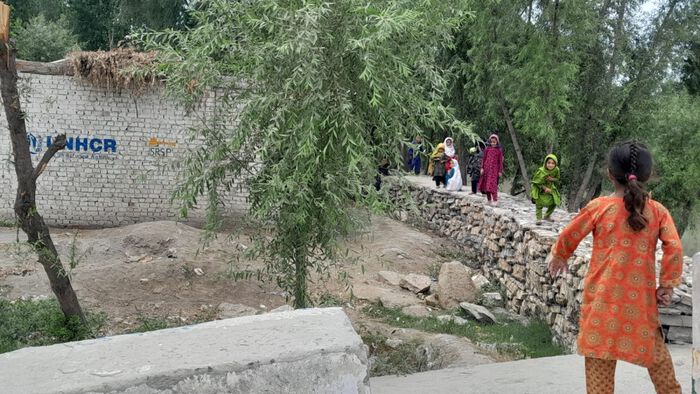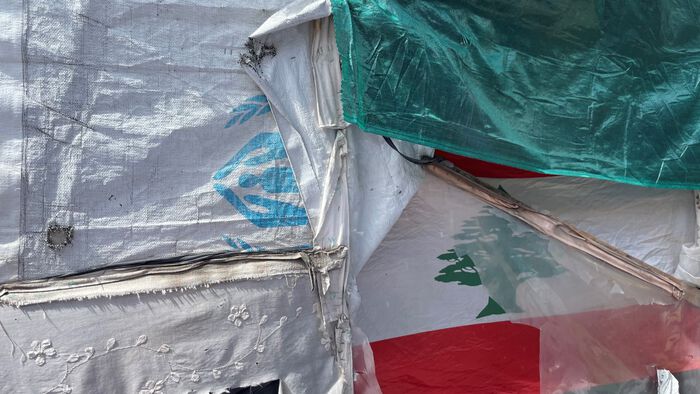These are important questions that we are revisiting in connection with the commencement of the BEYOND project. As the European Commission’s Guidance note on potential misuse of research acknowledges, some research generates knowledge that could be misused for unethical purposes. While the risk of misuse of research can never be eliminated, as the Guidance note furthermore provides, it can be minimized by recognizing risks in good time and by taking the right precautions.
What is misuse?
To start off, what, then, is misuse? Well, the Guidance note specifies that it is misuse for ‘unethical purposes’ that we are talking about here. The Note gives examples of research most vulnerable to misuse in this regard – research that for example ‘provides knowledge, materials and technologies that could be channeled into crime or terrorism’, or that ‘involves developing surveillance technologies that could curtail human rights and civil liberties’. None of these situations is directly applicable to the BEYOND project, but it is clear that a number of other critical issues may arise.
Risks in being policy relevant
For the BEYOND project, the major issue lies in the risks associated with being policy-relevant. As Jacobsen and Landau recognized almost two decades ago, migration researchers are often faced with a ‘dual imperative’ of producing academically sound research that is also relevant to policy makers. At the same time, by media and political actors alike, migration is often portrayed overwhelmingly negative, and often, as recently recognized by Skilbrei, as something in need of being ‘solved’.
In the field of international refugee law more specifically, Byrne and Gammeltoft-Hansen argue that scholarship is surrounded by thin walls, ‘as researchers broker the “dual imperative” to simultaneously advance knowledge and protection in a field heavily influenced by policy interests and networks of practitioners that actively take part in, and promote, scholarly production’. They observe how close links between the field and the policy world continue to shape research agendas, methodologies, and scholarly positions.
The migration policy hype
In being policy relevant, research on refugee protection – and migration management in general – thus needs to be wary of the political interests it might be promoting. This is particularly the situation since 2015, recently described by Stierl as a ‘watershed moment’ for European migration scholarship, with academic expertise on issues of migration becoming much wanted both in the media and political discourse.
As such, Stierl notes, we are currently experiencing what Braun and others call a veritable ‘migration knowledge hype’. This has in turn created a migration policy hype in which academics are recruited to provide ‘specific deliverables’ to migration policymakers. In this exercise, there is a risk that migration policymakers pick research findings à la carte, thus only those findings suiting dominant political interests.
Misuse of research results
For BEYOND, this means that there is a real risk that our results are cherry-picked, distorted, or in other ways misused by external actors. One example is that certain types of research may contribute to policies aimed at containing refugees in their regions of first asylum, thereby potentially undermining refugee protection.
While the aim of the BEYOND project is to challenge the Western bias in international refugee law, the project’s focus on refugee protection in non-signatory states could potentially be misused or misinterpreted to suggest that refugees have access to complimentary and adequate protection in non-signatory states, and thus be used to justify continued containment in the region of first asylum.
Abandoning humanitarian commitments
Another example is that State actors wishing to abandon their humanitarian commitments towards refugees may wish to use the findings of the BEYOND project to question or to justify the abandonment of the Refugee Convention and key protection norms. Could BEYOND’s focus on exploring the presumed influence of the Refugee Convention in non-signatory states be taken to mean that states need not ratify the Convention because protection concerns are similar no matter the state of ratification?
It might. The risk is definitely there and would add grist to the mill of those who argue that we’ve come to the ‘end’ of the global refugee protection regime. But from our perspective, the very opposite may be true: exposing the influence of the Convention in non-signatory states may rather add support to the argument that the Convention still matters. That it matters not only in signatory states, but also in non-signatory states.
Safe country notions and returns
There is furthermore a risk when it comes to current political discussions on the EU level about safe country notions and returns. Today, many countries seek to rely on safe country rules to refrain from reviewing asylum applications on the merits and to return asylum seekers to transit countries.
The idea behind these rules is that the individual should seek protection elsewhere, i.e. in so-called safe third countries. Political and judicial actors currently debate whether or not the so-called safe country returns shall take place only in situations where a state has ratified the Refugee Convention, or, whether effective refugee protection could take place also in states that are non-signatories to this Convention.
BEYOND’s findings about refugee protection in non-signatory states may thus be misinterpreted and misused to support an argument that appropriate protection exists not only where a state has ratified the Refugee Convention, but also in non-signatory states. Thus, findings risk being used to justify returns to these states as lawful and legitimate.
Revisiting the ‘do no harm’ principle
These are only a few of the thorny issues that may arise in the context of misuse of BEYOND’s findings, and we will have to think closely about how to mitigate each risk. On a more general level, however, it is notable that the IASFM’s international code of ethics to guide research with displaced people makes a direct linkage between migration policy making and the duty of migration researchers to ‘do no harm’:
“Doing no harm” in forced migration research means proactively prioritizing the dignity, safety and well-being of participants, partners, research assistants, interpreters and researchers. Particular attention should be paid to the ways in which research – directly or indirectly – can (re)traumatize, as well as contribute to racism, xenophobia and the criminalization of migration. Researchers should think carefully about the messaging that will be disseminated through interactions with media and policy makers."
In a recent article, Stierl similarly reminds us about the politicality of knowledge production and why the ‘do no harm’ principle clearly should apply in encounters with the media and with policymakers. This is why we should, for example, speak of people migrating, moving, arriving and travelling rather than using dehumanizing water metaphors such as waves, tsunamis, flows and floods, and negative terminology such as burdens or invasions. This is why we should speak of responsibilities rather than burdens, and of irregular migrants rather than illegal migrants.
Beyond harm minimization
In BEYOND, we take these approaches to heart, but we also want to extend this even further. Following the thinking in Mackenzie, McDowell and Pittaway’s now classic text on ‘beyond do no harm’, we aim to consider ways of how we can move beyond harm minimization as the appropriate standard, and rather recognize ‘an obligation to design and conduct research projects that aim to bring about reciprocal benefits for refugee participants and/or communities.’ Herein lies a great challenge ahead and one that we will resolutely take on.





